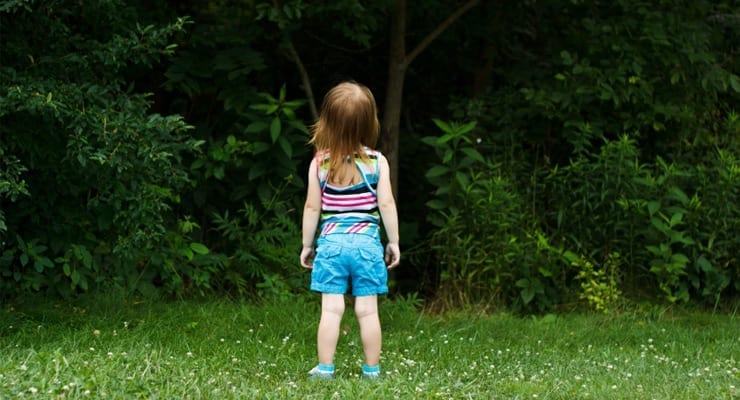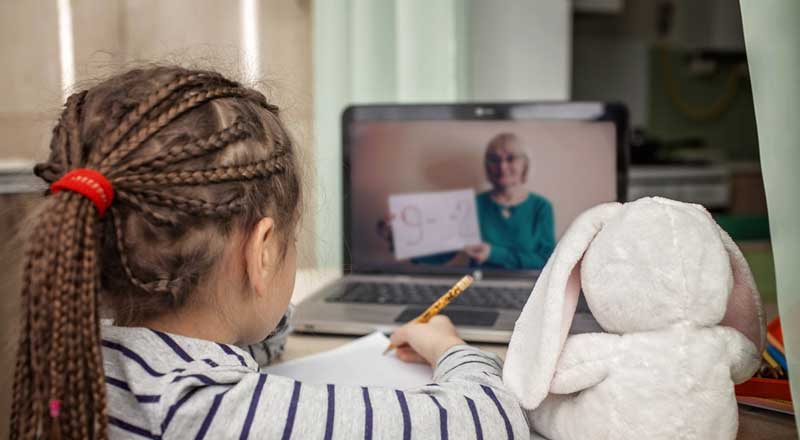The Don’t Talk to Strangers campaign taught generations of children to fear strangers – and don’t get me wrong there are bad strangers out there – but not all strangers are bad. The fact is you can’t tell what is in someone’s heart by the way they look on the outside.
And while most parents are fearful of child abductions by a stranger, almost 90% of the time the child knows their abductor. This is part of the reason why we need to rethink the wisdom of what we’re teaching our kids. “Don’t talk to strangers” only tells children what NOT to do, and they also need to be taught “what TO do.”
Imagine this: your child innocently playing in the park and is approached by a stranger. The stranger asks them a non-threatening question (as most strangers, even the bad ones, don’t appear scary), what would your child do? What have you taught your child to do? You may have told them “don’t talk to strangers.” And you probably also told them to listen to their elders and not to be rude. Most children will be confused. They will not necessarily feel threatened by this “stranger” as children’s instincts are not fully developed until adulthood. They might be left standing there unsure of themselves with no clear plan of action.
So here is what KidSafe wants you to do: First, stop using the phrase “don’t talk to strangers.” Why?
1. It is not a clear action plan.
2. We don’t model it in our own lives – we, as adults, need to talk to strangers every day to function in this world
3. Remember – the majority of the time a child is harmed by someone they know… NOT a stranger.
Here’s our advice: Change your language. Teach children what they should do. Teach safety skills by playing the “What If” game. Say to your child: “What if you are approached by a stranger, especially if being asked to help or being offered a treat, help me find my lost puppy, help me find my keys, let me buy you an ice cream. What would you do?”
Most importantly, listen to your child’s answer. The first time you have a conversation about this, they will probably give you the wrong one. You should expect that and not overreact. Now is your time to teach them how to make the safest and smartest choice.
Most children will want to help find the puppy, will want ice cream and will want to find the hard to reach keys. Children love to be helpful. We recommend you teach your children that adults they do not know should NOT be asking a child for help. They should be asking another adult.
It is in situations like this that the children have the right – and your parental permission – to be rude, and remove themselves from the situation. No need for small talk, they can just walk, or run away, in the direction of other adults, preferably to their trusted adult (which for safety reasons should be in the vicinity.)
Teach them that once they get to a trusted adult they should report what occurred by simply stating the facts (parents don’t get overly emotional). Once your child reports to you, praise them for making the safest and smartest choice. Listen to your gut – if you feel that an unsafe person has just approached your child (also if the occurrence happens with someone in a car) report it to the police.
Often as parents we are teaching from a place of fear. Don’t talk to strangers, don’t do drugs, don’t answer the door when home alone. When teaching from a place of fear or negativity, keep in mind that you are often not teaching your children a pro-active skill – what TO do.
Watch your language. Teaching from a positive approach of what TO do provides for your child, teen and young adult skills for a life time. Kids who have been raised with personal safety skills have an increased level of confidence, responsibility, and often develop a keener sense of intuition at a younger age.





